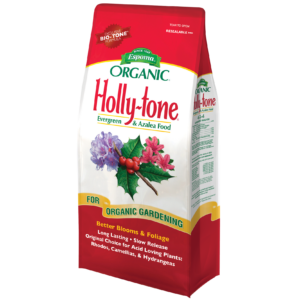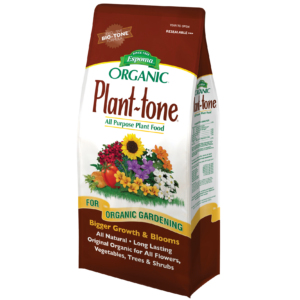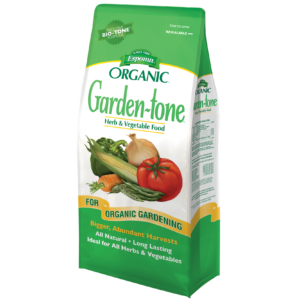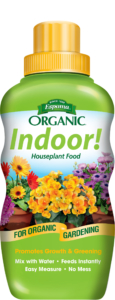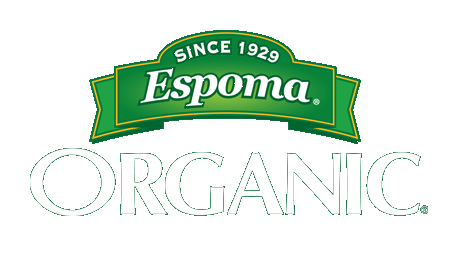Timeless florals will never go out of style
Spending time in your grandmother’s garden is a lovely memory: The big luscious blooms, the scents and peacefulness radiating off the flowers, watching your grandmother putter around always adjusting something. You never wanted to leave.
You can bring your grandmother’s garden to your home. Plus, gardening is good for your own wellness. Try planting our favorite timeless flowers in your own garden and, fertilize with Espoma’s Flower- Tone to ensure your blooms stay luxurious.
Top 10 Timeless Flowers
1. Sweet Pea – Our first pick in the timeless flowers category due to their old-fashioned fragrance. They are a delicate flower with a diversity of color. Generation after generation has introduced this flower to their garden. It is a climbing plant, so keep a trellis or a wall to allow it to reach its full potential.
2. Primrose – With over 400 varieties of Primrose in the world, this flower has withstood the test of time. Typically pale yellow in color, with varieties including white or pink, many people are fond of this plant. It’s one of the first perennials to bloom and can flower into winter as a low growing flower.
3. Heliotrope – It’s sweet vanilla and almond fragrance makes this flower a lovely addition to any garden. It even dates back to the Victorian era. Often used as a border plant, this bloom will make your garden timeless. Heliotropes do well in container gardens too.
4. Four o’clocks – Featured in the 1876 St. Louis seed catalog, this flower is incredibly popular thanks to its jasmine-like scent. It is described as a favorite, combining the beauty of foliage, the wonderful bloom, a diversity of colors, and delightful fragrance. They are a self-sowing plant, so monitor the seed pods to control spreading.
5. Foxgloves – With name variations that date back to 1847, foxgloves can be a perfect fit for your garden. The bell shaped flower provides a variety of color and freckles on the inside. Foxgloves are a biennial, so flowers don’t show up until the second year in the ground. They are self-sowers, so if you leave the stalks in, they will continue to bloom year after year.
6. Morning Glory – Being a climber, this vining flower will grow well by a trellis, fence, or a leaning ladder to add some beauty to anything. When choosing your variety, be sure to choose Ipomea tricolor, which is non-invasive. Other more popular morning glories are invasive and can cause problems in your garden.
7. Poppies – Starting off as a common weed, poppies gained their popularity over time. They became a symbol through World War I and have stuck around since. They are beautiful swaying in the wind with their vibrant colors. Many are self-sowers, so plant them once and watch them come back for years.
8. Peony – Peonies have been around for hundreds of years. They are able to survive with minimal effort for the gardener, but draw “oohs” and “ahhs” due to their big beautiful blooms. Gardeners have hundreds of hybrids to choose from for their own garden. They release an abundant fragrance and are perfect for adding some color to a bouquet.
9. Bleeding Heart – Known as a classic cottage staple, the bleeding heart has captured many gardeners’ love. Their romantic blooms develop quickly in late spring and are long lasting through the summer. It’s easy to see why their floral pendants, in shades of rose pink and white, are considered timeless. You can never go wrong with a bit of romance.
10. Hollyhock – Often seen in front of a barn, cottage or white fence, hollyhocks are perfect for bringing some beauty to a bland canvas. They have big blossoms in vibrant colors and will grow five to seven feet tall. They are perfect for the back of a border or by itself, to not overwhelm the surrounding blooms. Plan accordingly as some varieties are perennials and others are biennials.
Ready to try something new? Use Espoma’s liquid Bloom! plant food to give your favorite flowers the nutrients they need and to promote bigger blooms.
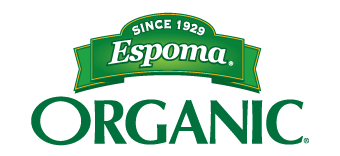
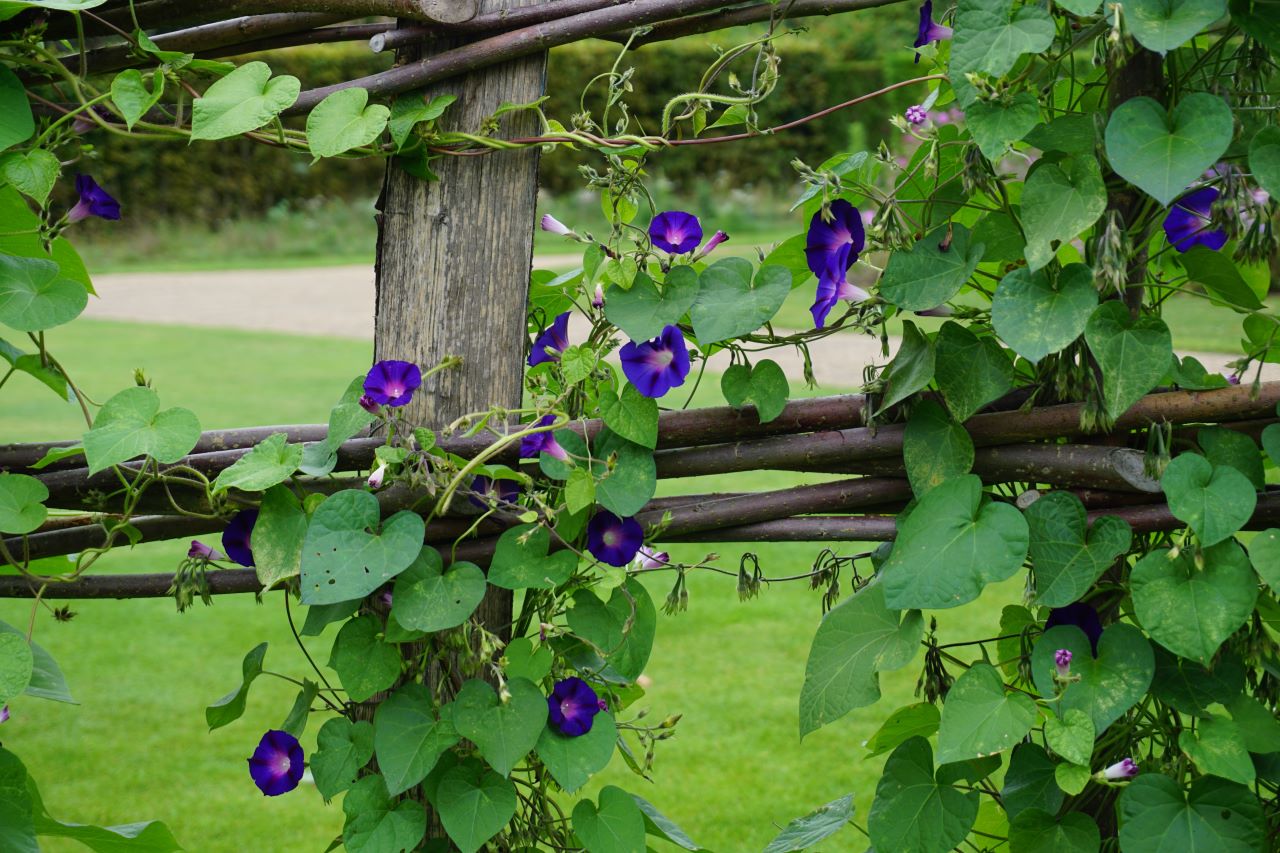
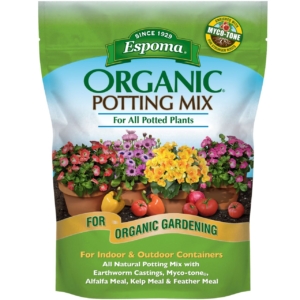
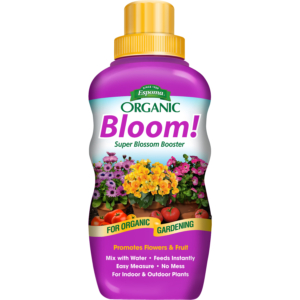
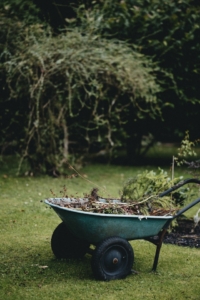
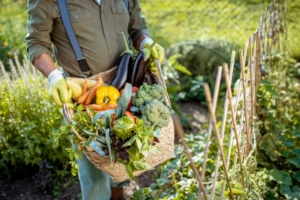

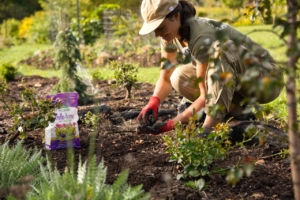
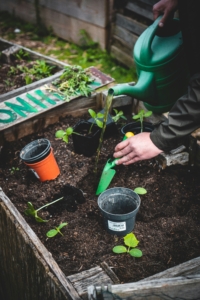
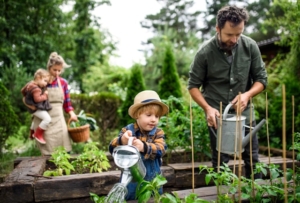
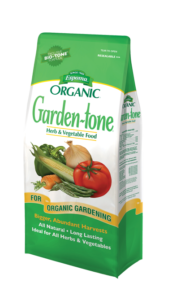
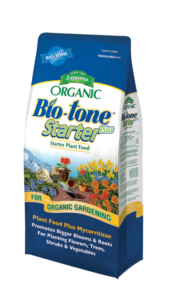
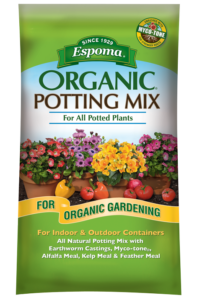
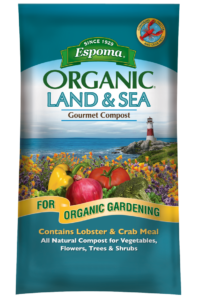
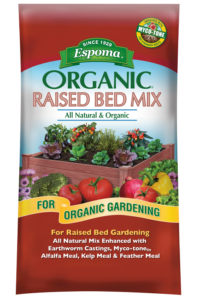
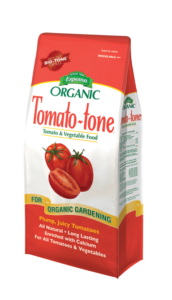
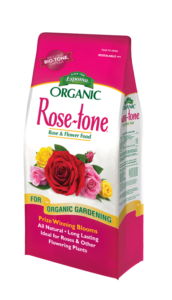
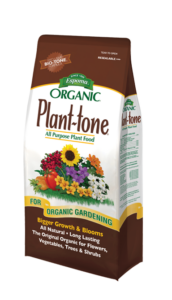
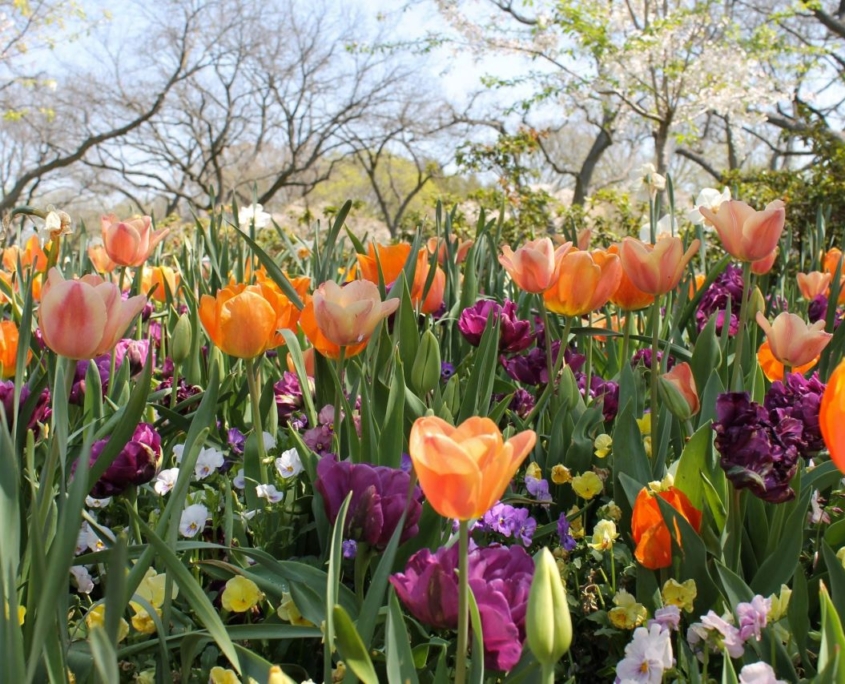
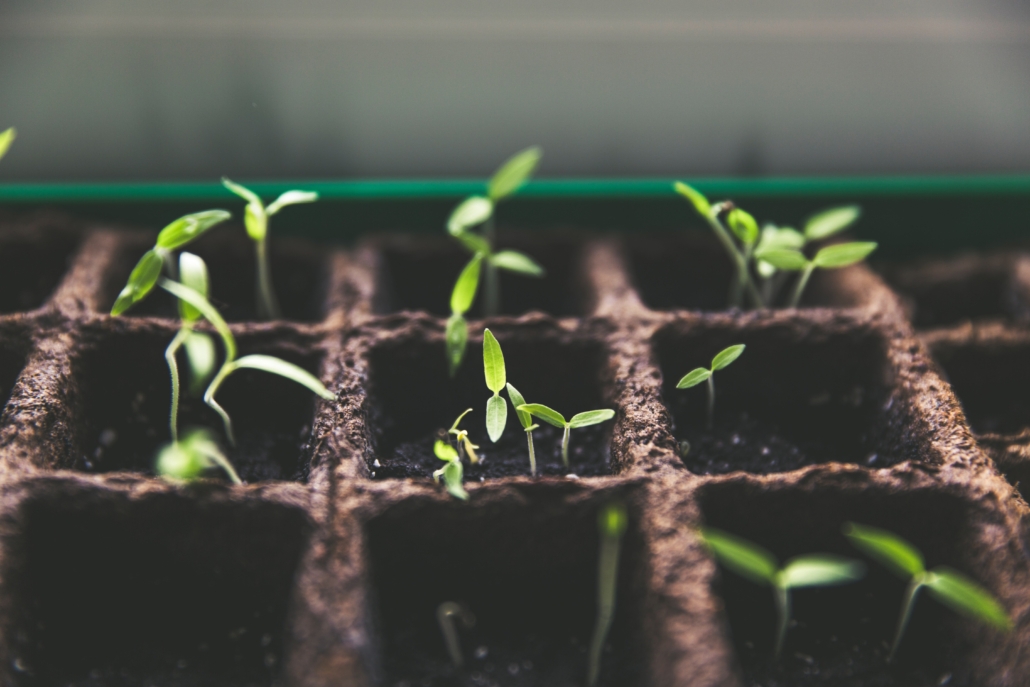
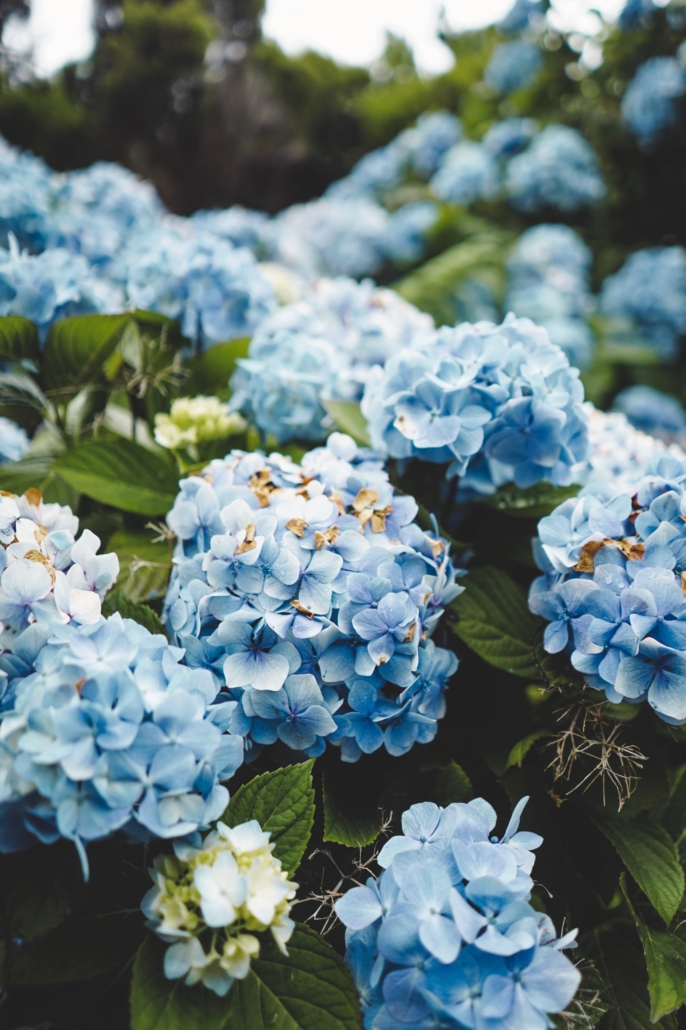
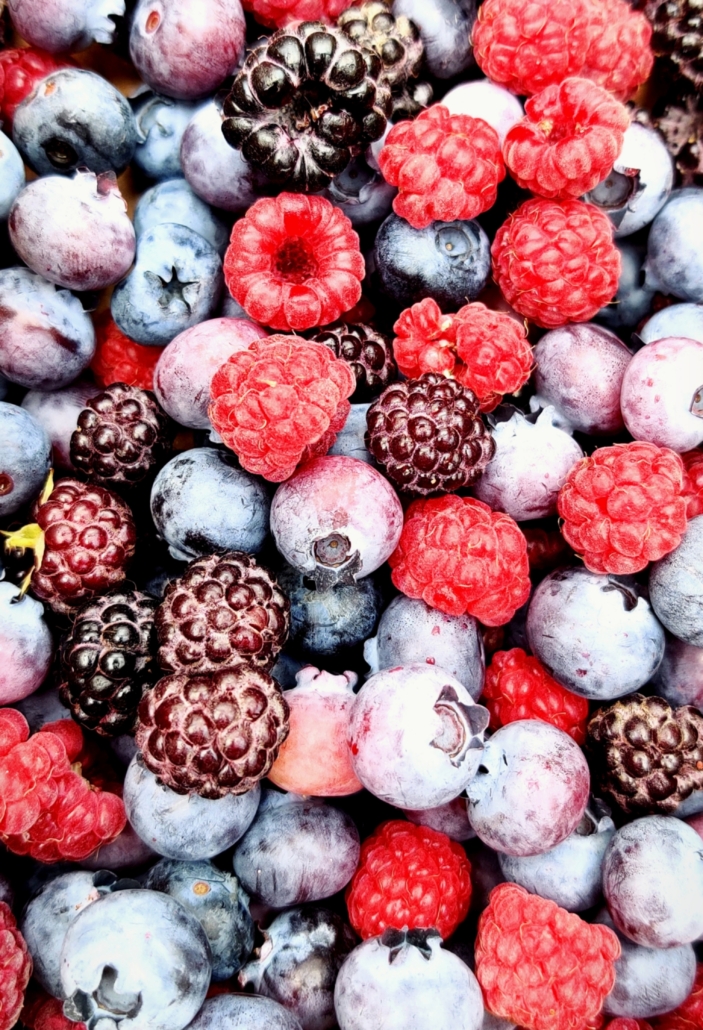
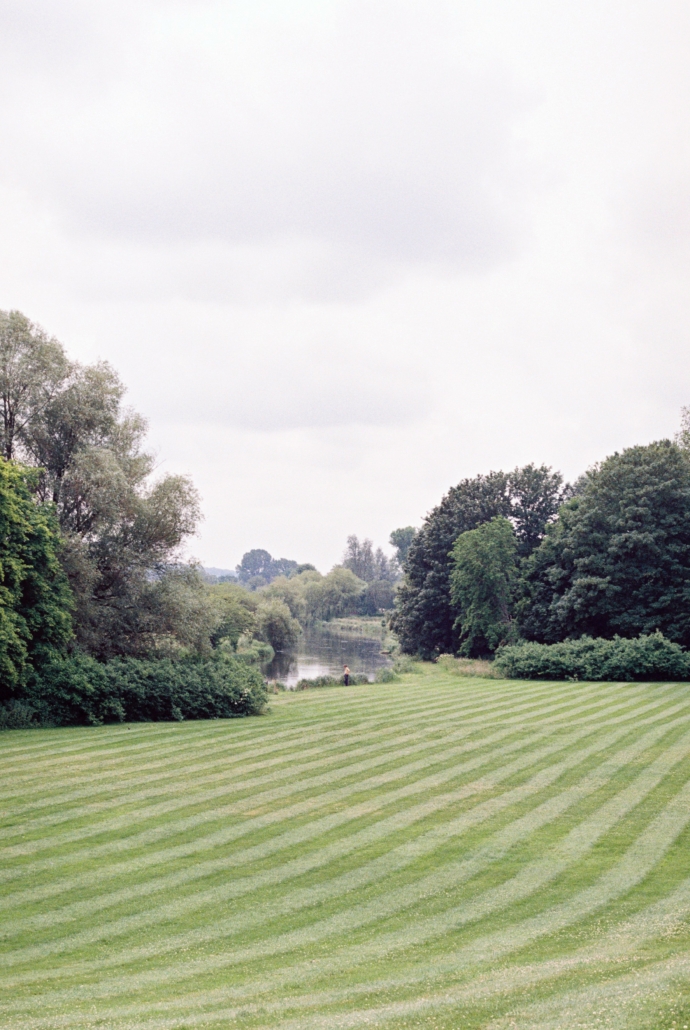
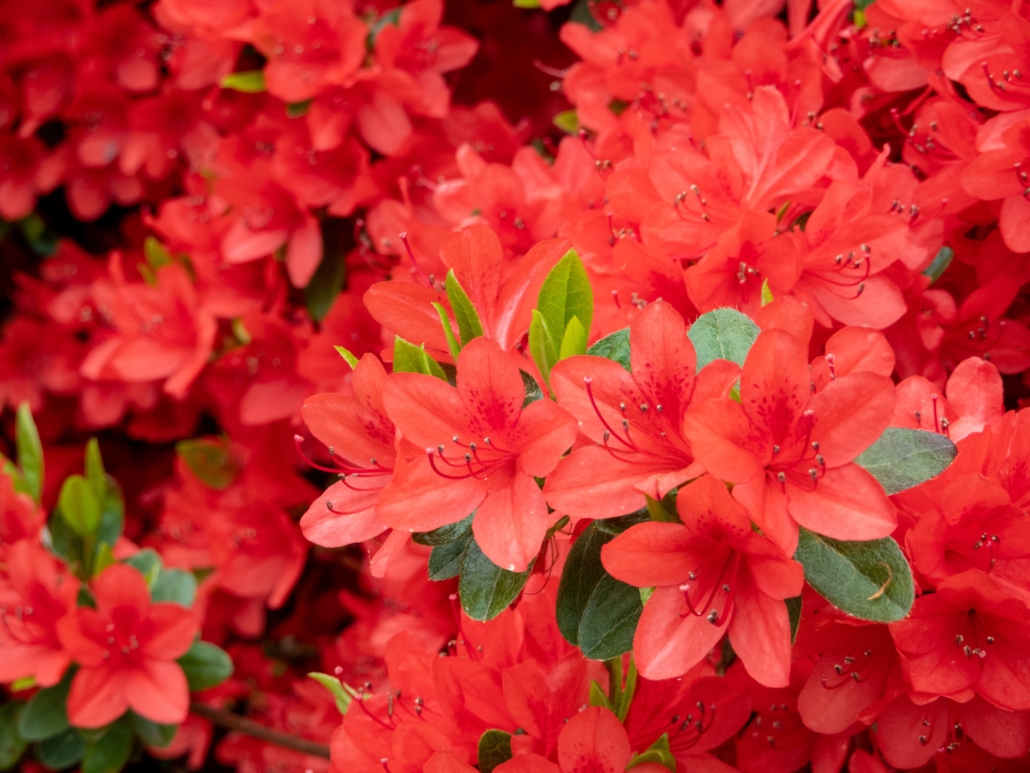
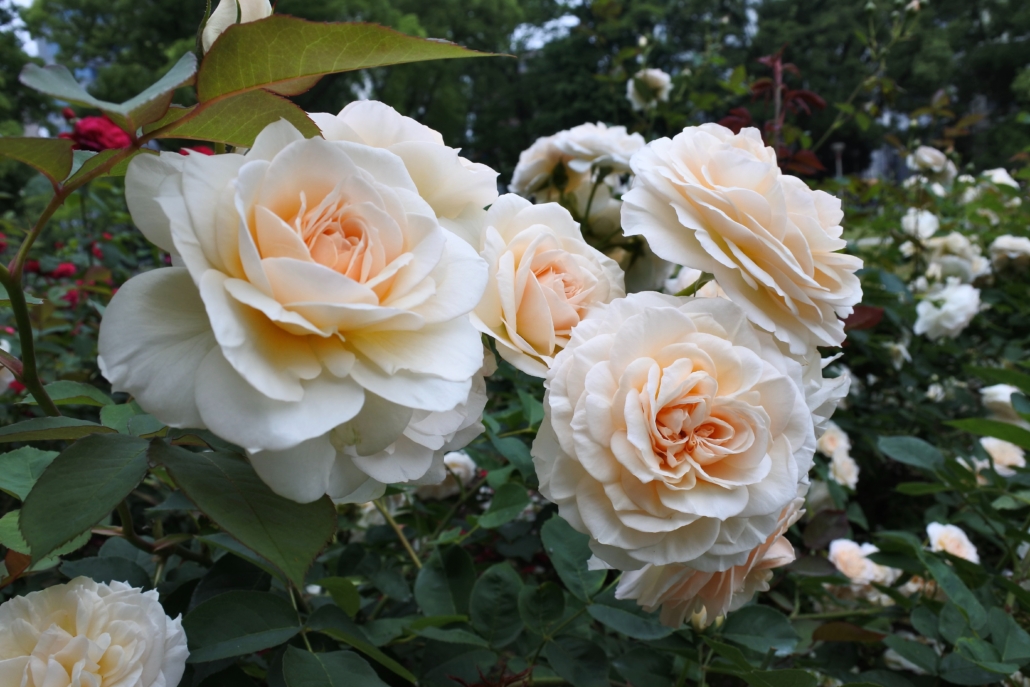
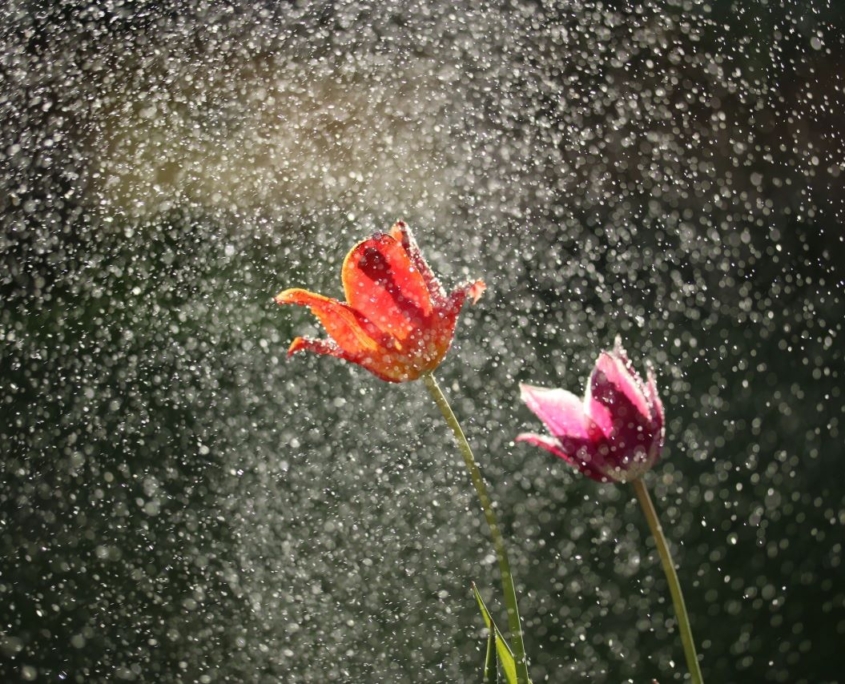
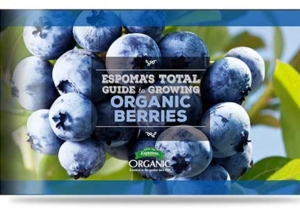
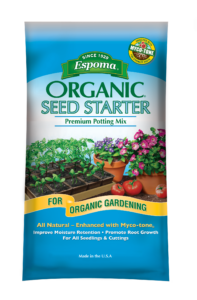
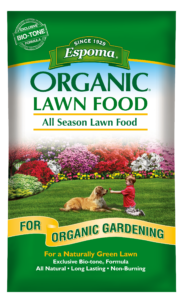
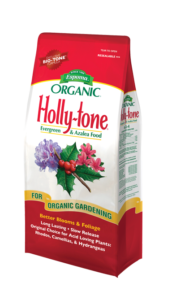
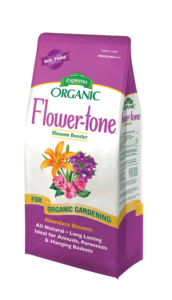
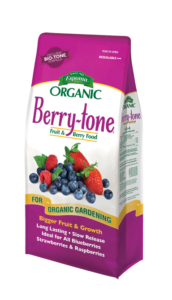
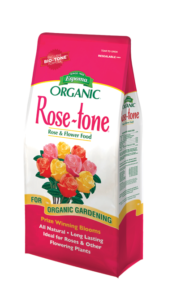
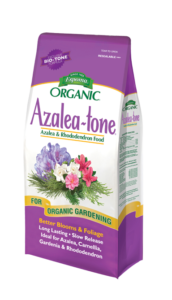
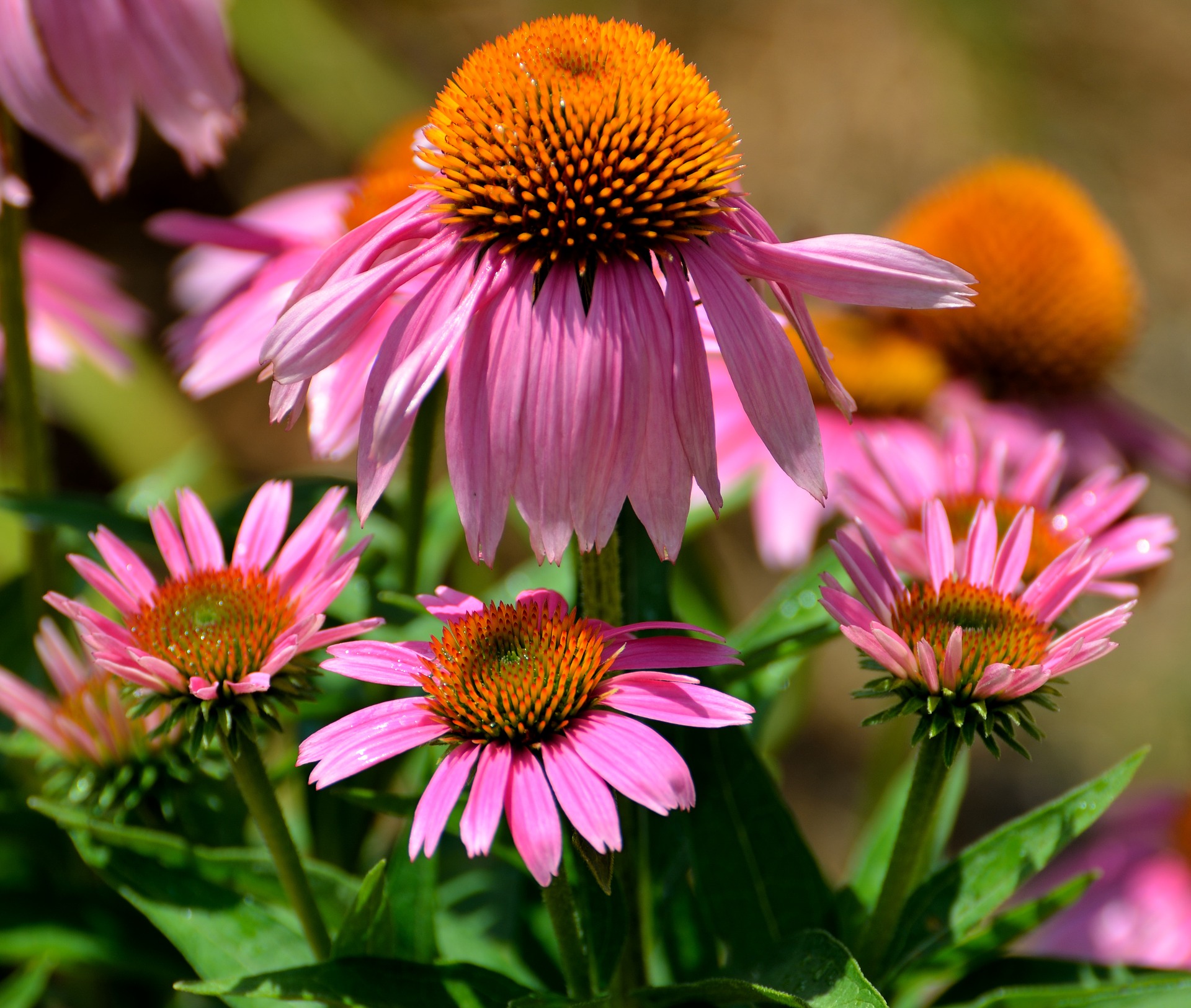
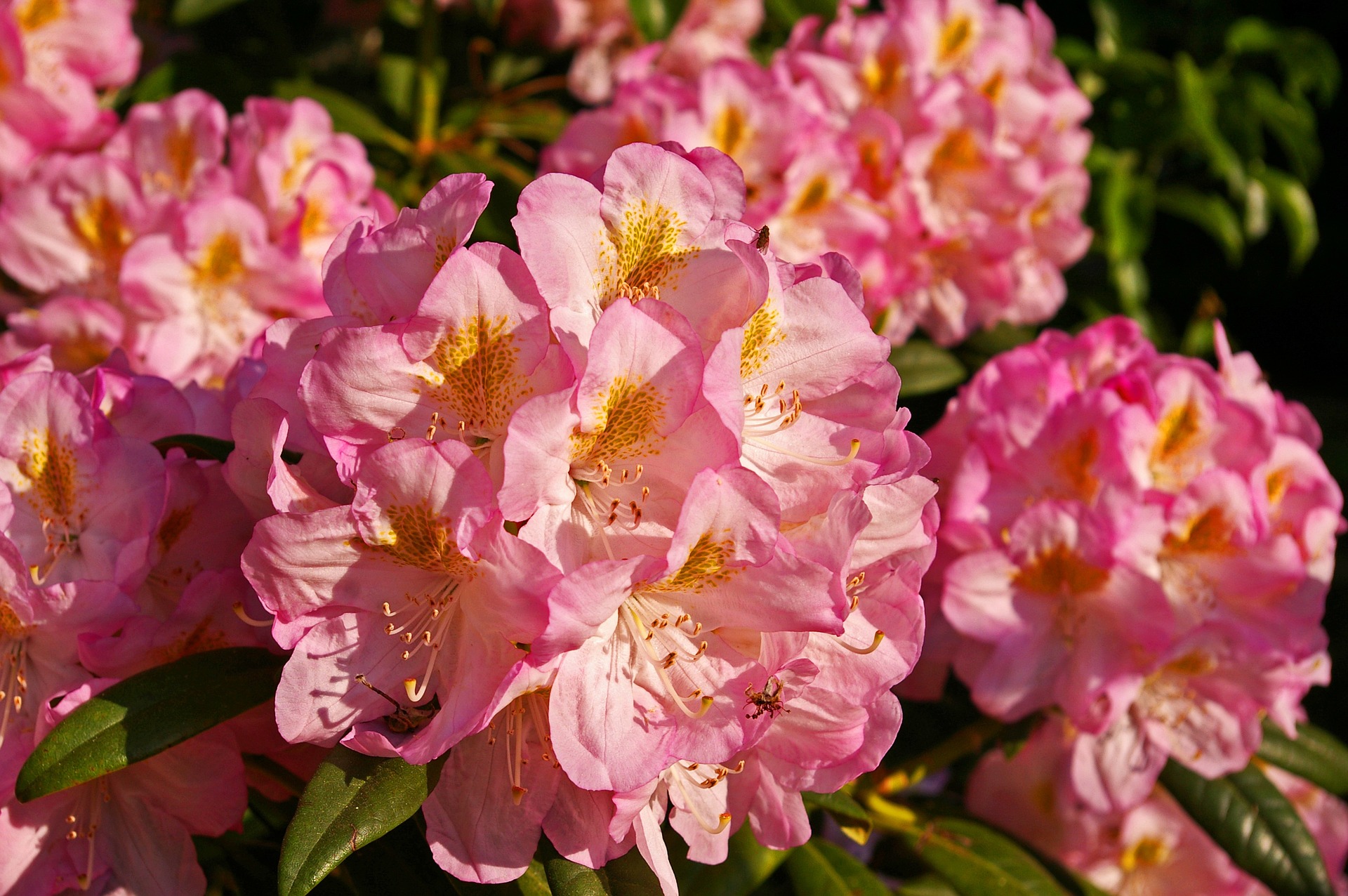
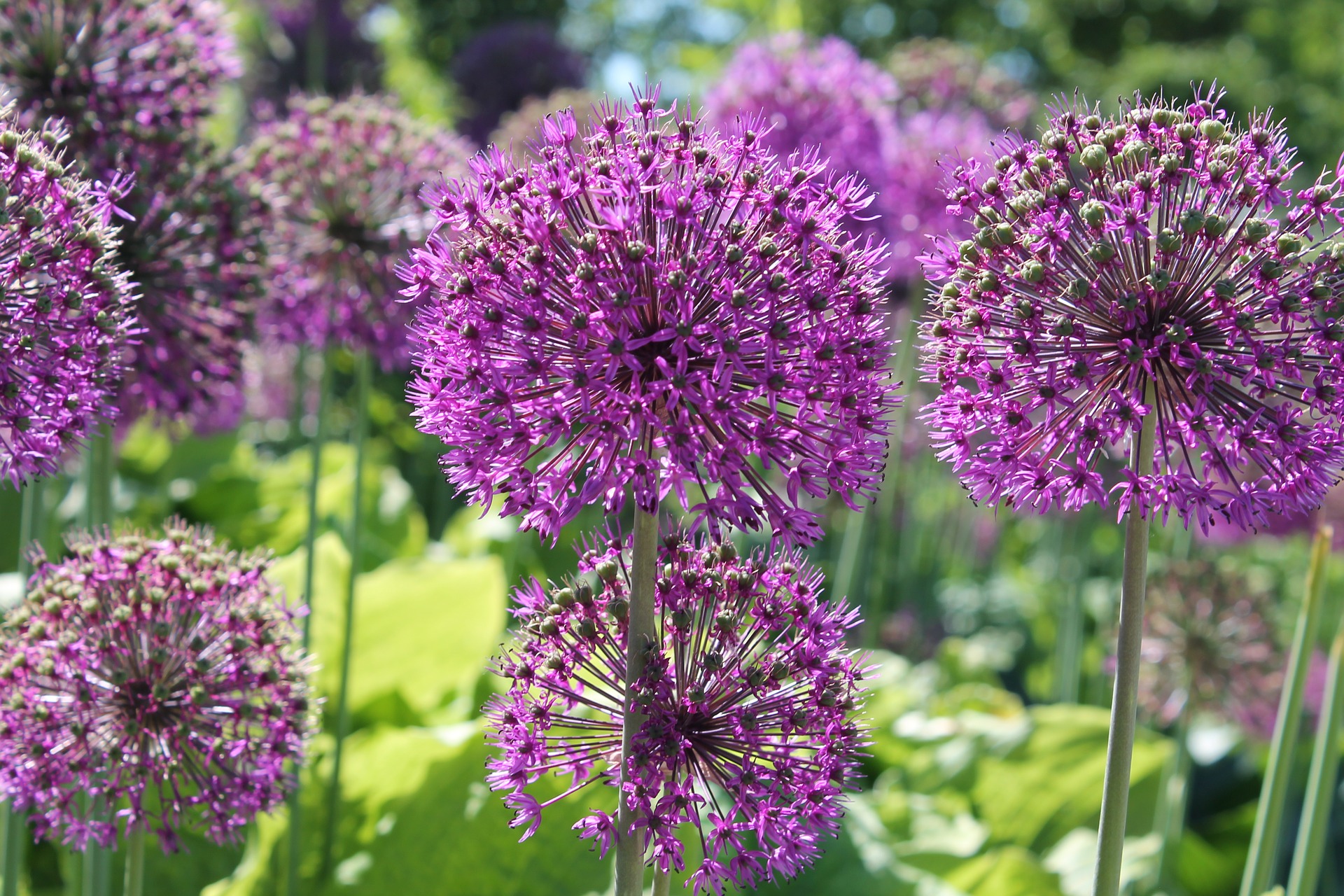
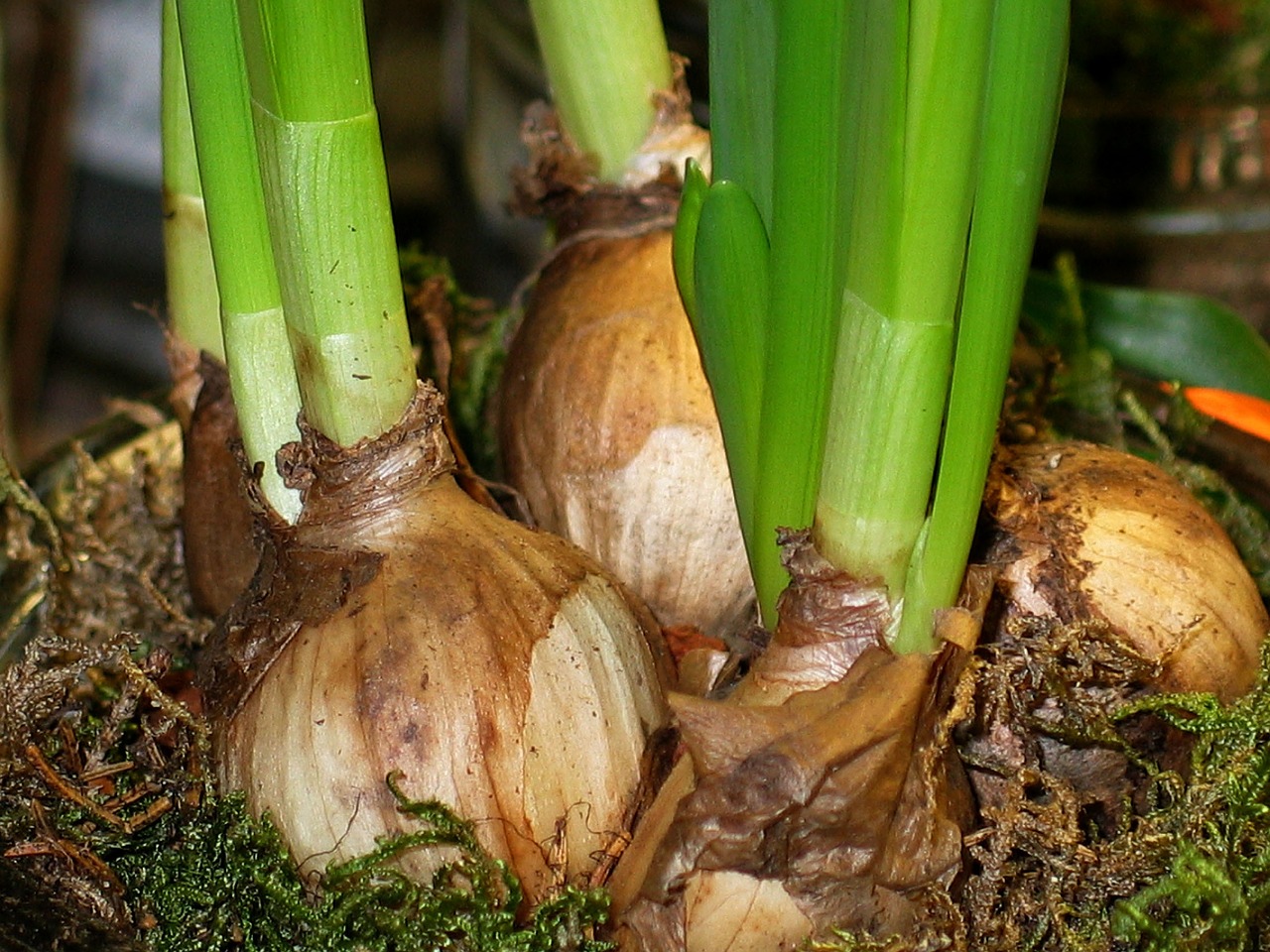
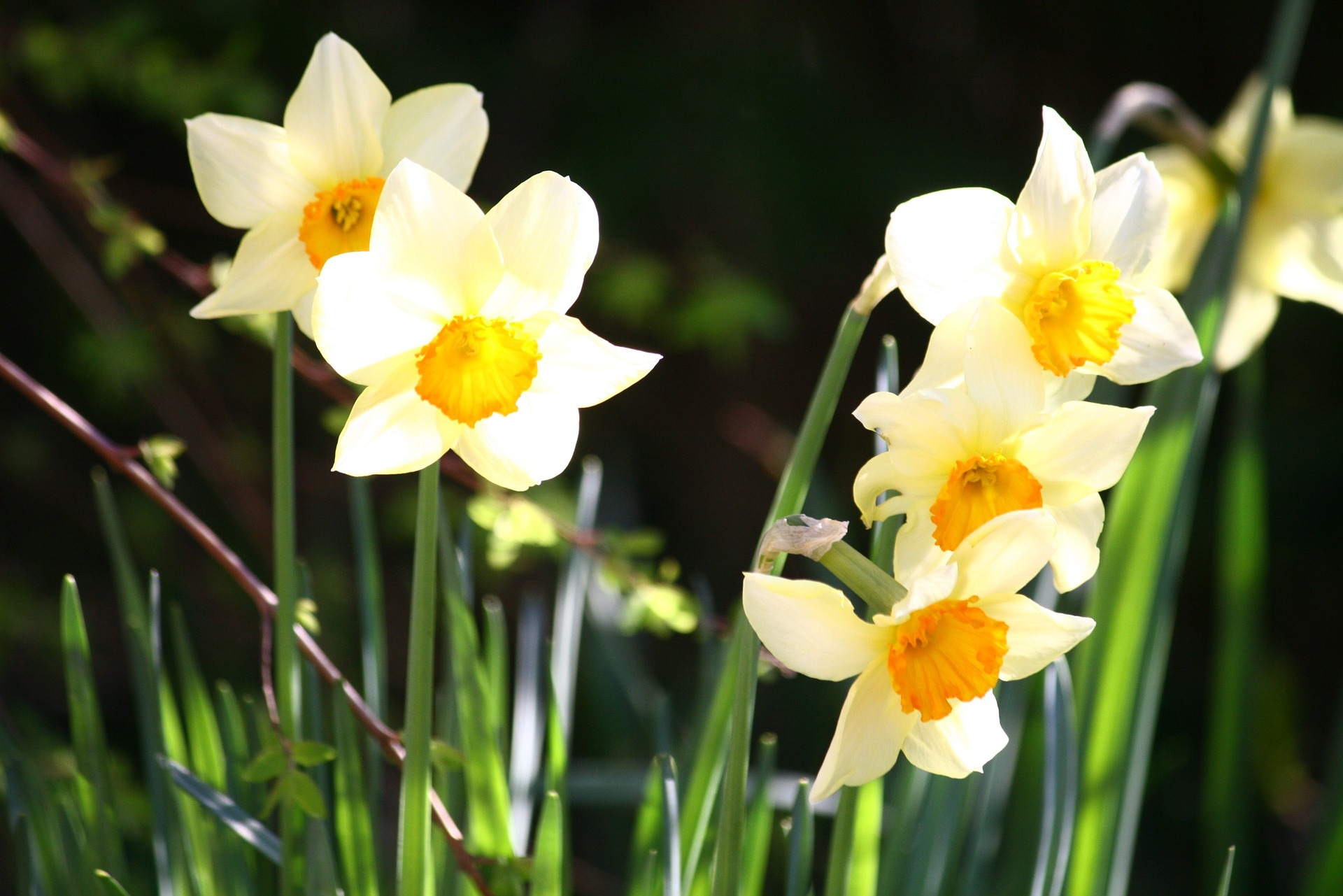
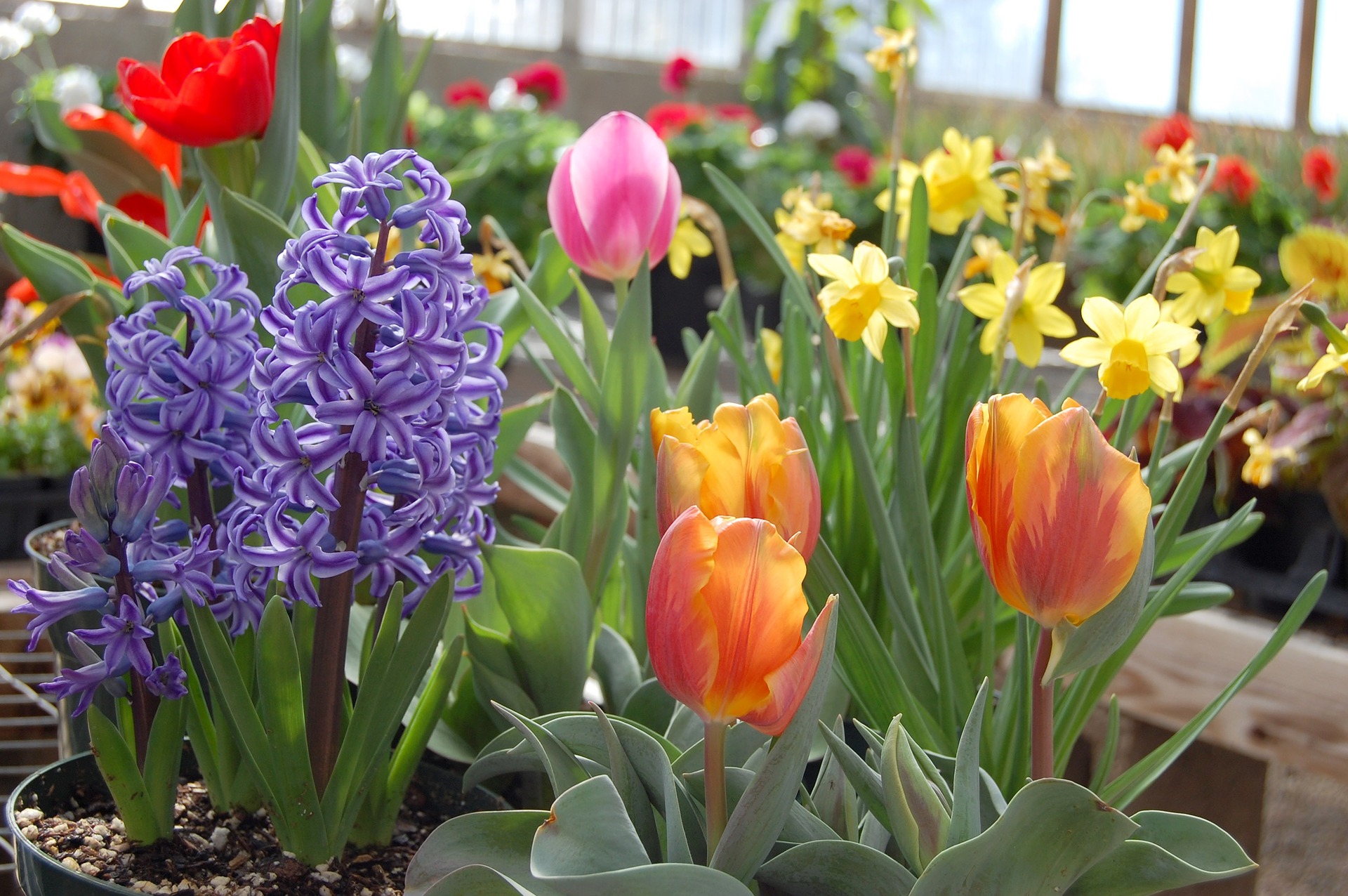
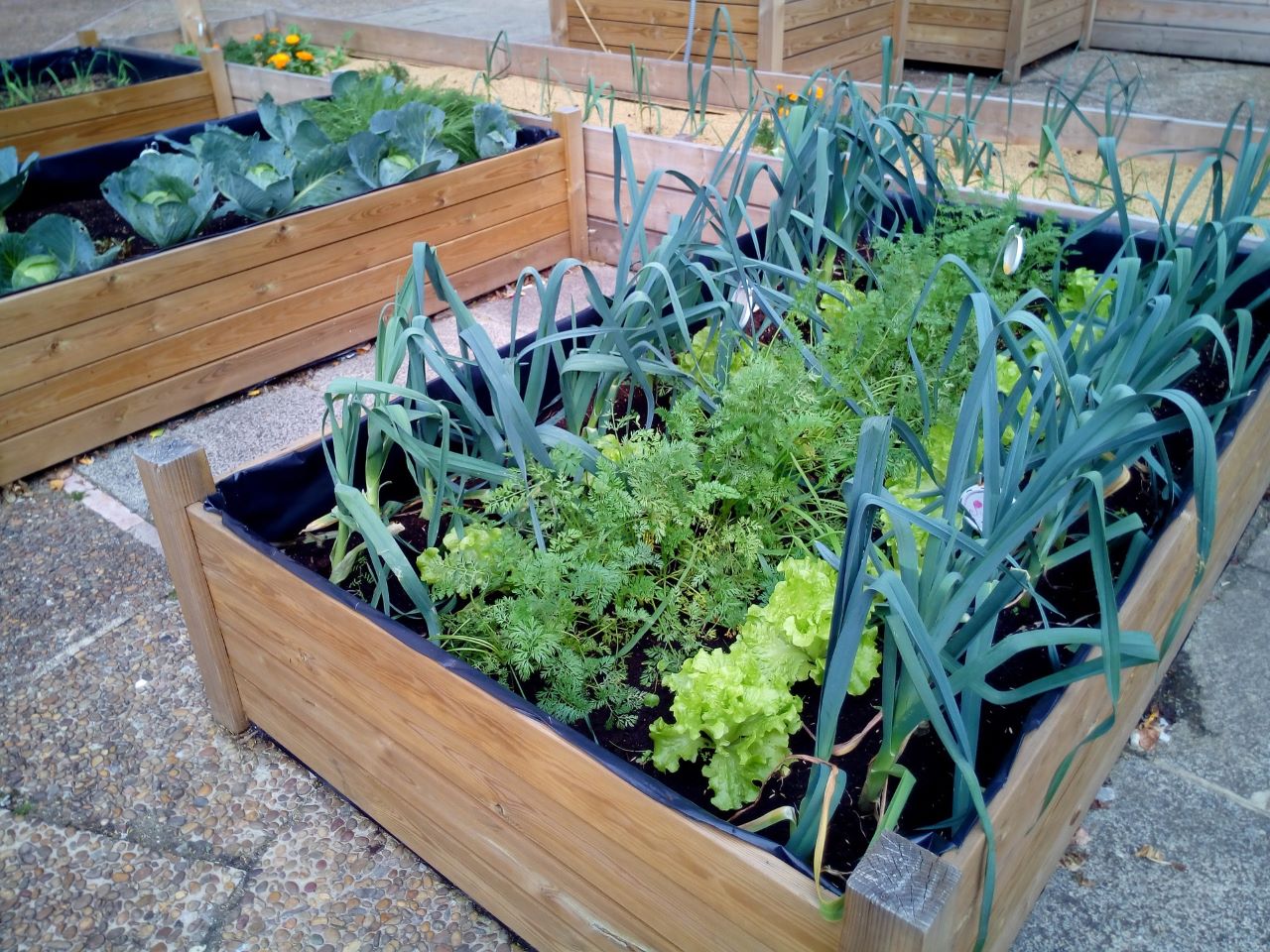
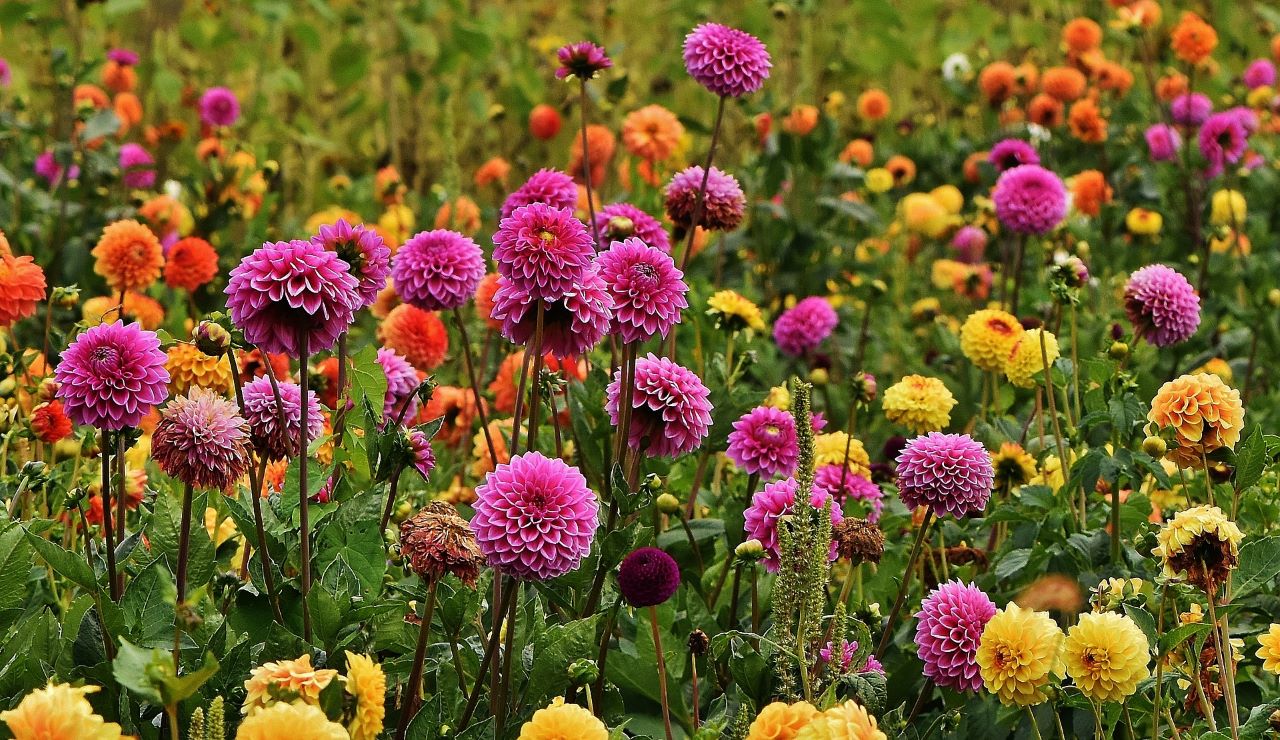
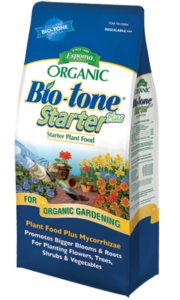
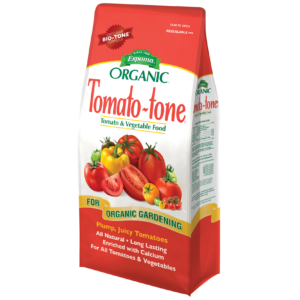
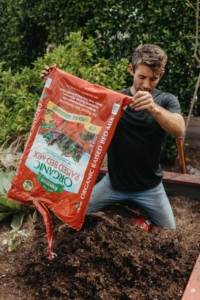
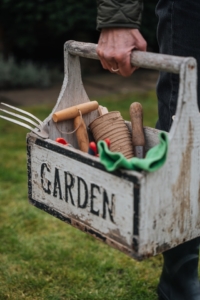
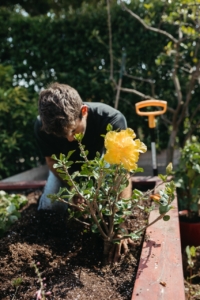
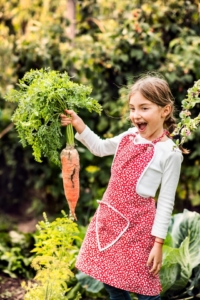
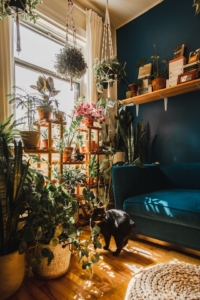
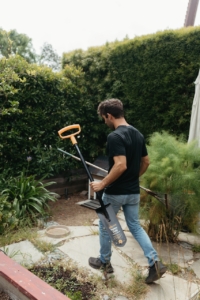
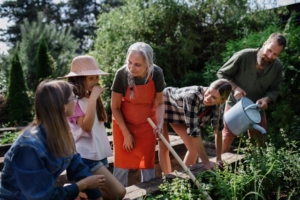
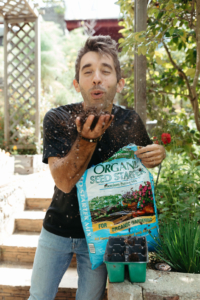
 Kids Course
Kids Course 